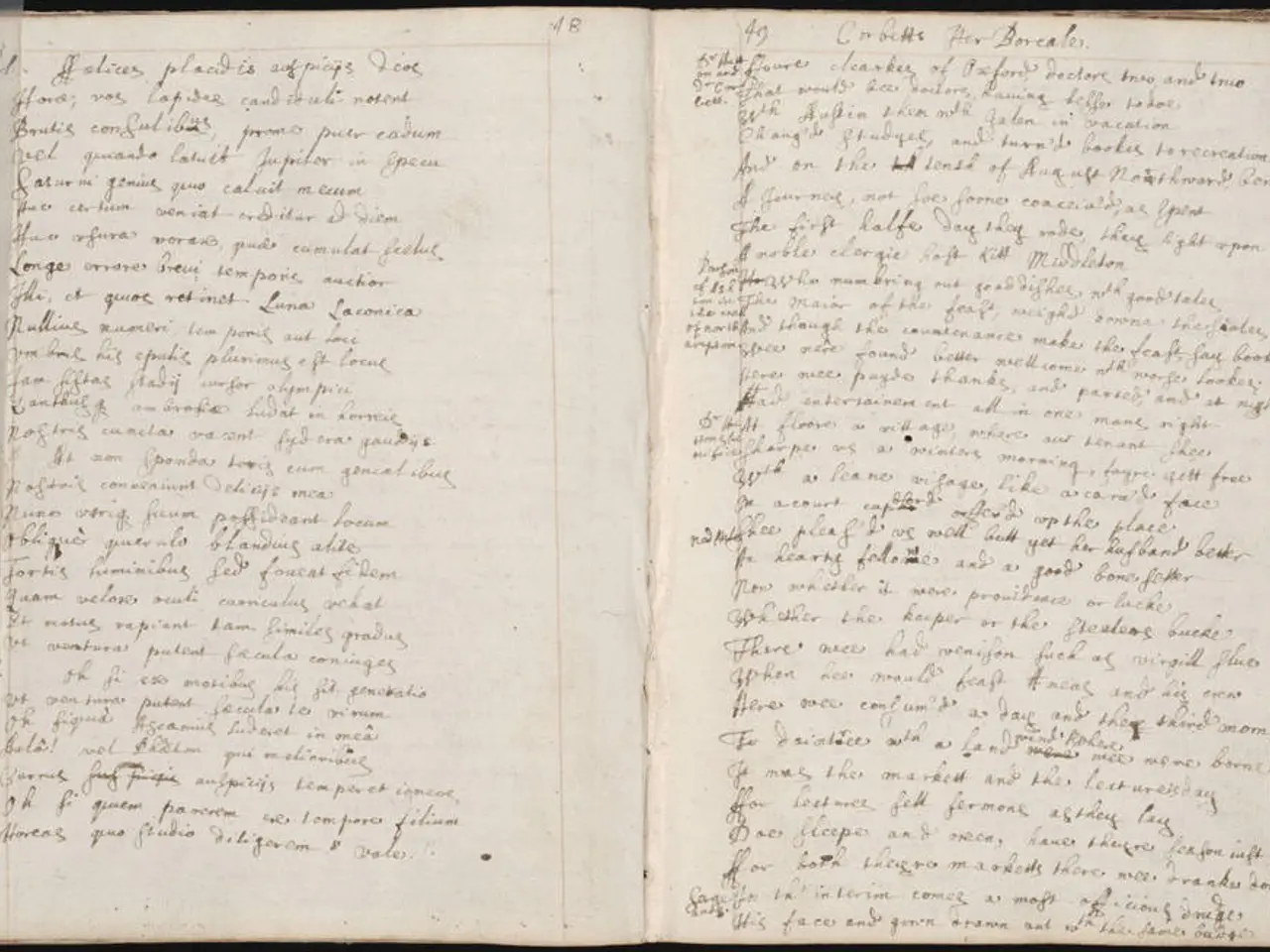Variations in Editing and Proofreading Functions
In the realm of academic research, the importance of manuscript editing and proofreading cannot be overstated. These two processes play a crucial role in shaping a manuscript into a polished, publication-ready document.
Editing, a comprehensive process, aims to refine the content, structure, and language of a manuscript. It focuses on improving clarity, coherence, and academic rigor. Editors offer valuable suggestions and revisions on the entire manuscript, striving to enhance argumentation, logical flow, tone, and discipline-specific language. They also work tirelessly to ensure the manuscript aligns with academic conventions and expectations, sometimes providing substantive feedback on research presentation and argument strength.
On the other hand, proofreading is a meticulous final quality check. Its primary focus is on correcting surface errors such as spelling, punctuation, grammar, and formatting. Proofreaders correct issues in common sentence structure, like comma splices, run-on sentences, and sentence fragments. They also check for formatting inconsistencies, referencing, and minor errors that may seem deceptively correct.
The distinction between editing and proofreading is essential in manuscript preparation. While editing shapes the manuscript for clarity, coherence, and academic rigor, proofreading ensures technical correctness and prepares the paper for final submission or publication.
In recent times, AI writing and editing tools have entered the scene, offering editing and proofreading services. Trained on millions of pre and post-edited manuscripts, these tools can differentiate between American and British English, check for formatting inconsistencies, and offer writing tips. However, it's important to note that online grammar checkers may suggest corrections that could be contrary to the author's intended meaning.
For researchers whose first language is not English, these tools can be a boon, helping to maximize their chances of acceptance by putting their manuscript through 30+ language and technical checks to ensure their work is submission ready. However, it's always advisable to have a human proofreader's discerning eye to catch any nuances that an AI may miss.
In conclusion, the combination of editing and proofreading plays a pivotal role in the success of an academic research manuscript. By ensuring the manuscript is logically structured, grammatically correct, and free from errors, these processes help the author present a credible and professional document, thereby increasing its chances of acceptance and publication.
Education-and-self-development through online-education platforms often includes academic writing, where paraphrasing and learning proper writing techniques are crucial for publication. AI writing tools, such as those offering editing and proofreading services, can assist in this learning process by providing suggestions for coherence, clarity, and technical correctness, fostering the growth of researchers whose first language is not English.




